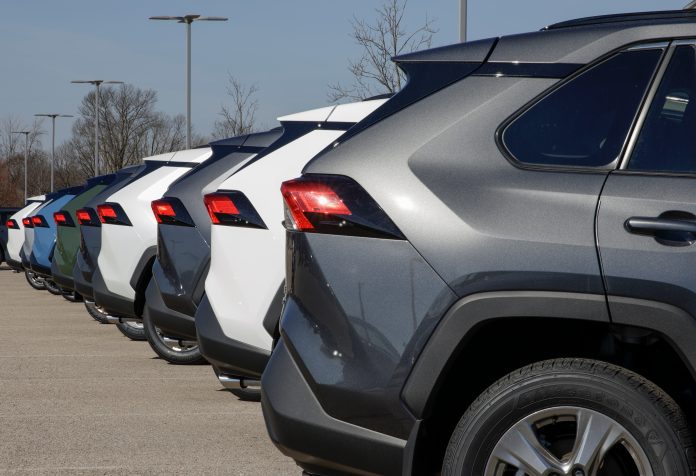SUVs continue to dominate the U.S. auto market, capturing 58% of all vehicle transactions between January and October 2024—a record high, according to Edmunds.
Meanwhile, the share of smaller cars has hit a record low of 19%, underscoring a significant shift in consumer preferences toward larger vehicles.
Despite their popularity, vehicle affordability remains a pressing issue. Over the past two decades, the average price of an SUV has risen 44%, now sitting at $46,211. However, this increase is modest compared to other vehicle types, with cars up 54% and trucks surging by 106%.
While SUVs are popular for their practicality and appeal, especially among families, concerns about affordability are prompting automakers to rethink their pricing strategies in order to maintain market share. Manufacturers are striving to keep SUVs accessible despite rising costs by balancing customer demand with price sensitivity. Although prices of SUVs have not increased as dramatically as those of other vehicle types, the affordability crisis is becoming increasingly apparent. At the recent Los Angeles Auto Show, new SUV models were introduced with price tags that could push many consumers out of the new vehicle market.
Interestingly, vehicle transaction prices across the industry have slightly declined, falling by 1% year-over-year. This trend reflects easing supply constraints and stabilizing economies in the post-pandemic period, although affordability remains a concern for many households.
As SUVs continue their ascent, automakers face the challenge of meeting consumer demand while addressing affordability. How manufacturers balance innovation with cost containment will determine the market’s trajectory in the years ahead.



